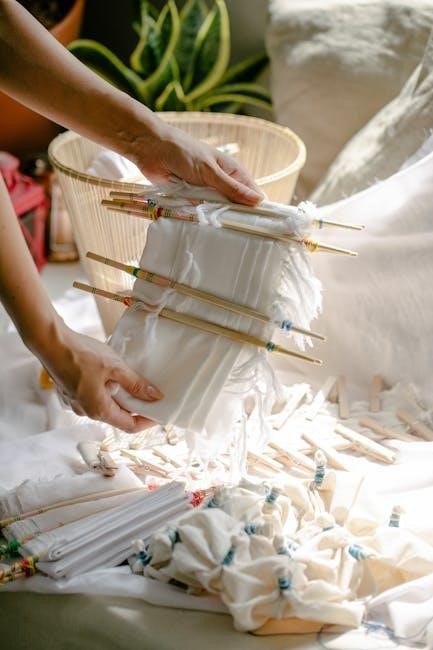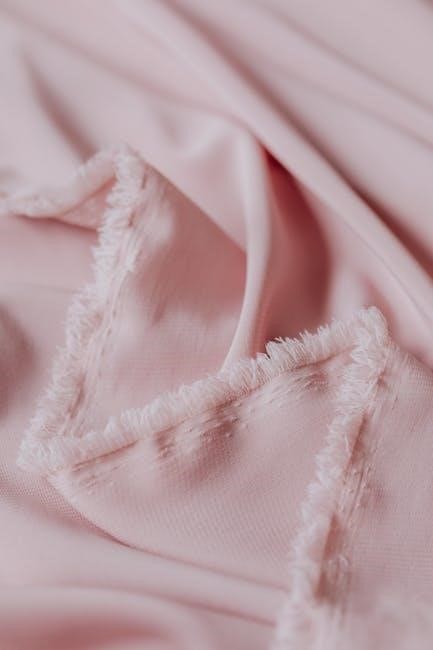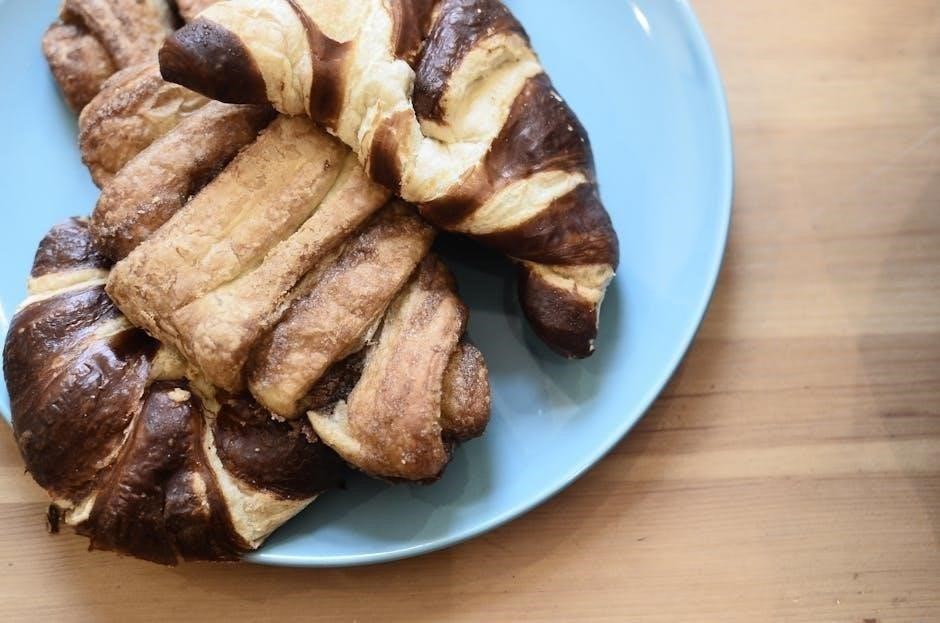Cloth Crafting in Final Fantasy XI allows players to create various cloth-based items, including clothing, armor, and furnishings. This craft is essential for magic classes and enhances gameplay by providing unique gear. The Weavers Guild, located in Windurst, offers guidance and resources for aspiring craftsmen. Mastering Cloth Crafting not only improves your character’s equipment but also opens opportunities to earn in-game currency by selling crafted items. With patience and practice, this skill becomes a valuable asset in both combat and economy.
What is Cloth Crafting?
Cloth Crafting is a skill in Final Fantasy XI that enables players to create items like clothing, armor, and furnishings using natural threads. Governed by the Weavers Guild in Windurst, it focuses on crafting lightweight armor and capes for magic classes. Players can enroll in the guild to access exclusive resources and recipes, allowing them to craft essential gear for themselves or sell items for profit. This skill is vital for enhancing character equipment and contributing to the game’s economy.
Importance of Cloth Crafting in FFXI
Cloth Crafting is crucial in FFXI for crafting lightweight armor and capes, essential for magic classes. It provides unique gear, enhancing character performance. Additionally, it offers a profitable market for crafted items, contributing to the in-game economy; Mastery of this skill is vital for both gameplay progression and economic success, making it a cornerstone of character development and wealth accumulation in the world of Vana’diel.
Skill Leveling Guide
Cloth Crafting skill progression in FFXI involves strategies for efficient leveling from 1 to 100. Start with basic items, advance through intermediate recipes, and master high-level synthesis techniques for expertise.
Levels 1-10: Basic Crafting
Starting with basic materials like cotton thread and grass cloth, craft simple items such as shirts and pants. Focus on mastering fundamental synthesis techniques to build a strong foundation. Use crafting kits from guild NPCs to aid skill-ups without HQ requirements. Keep materials organized and experiment with low-level recipes to ensure steady progress and minimal expenses during the early stages of your cloth crafting journey.
Levels 11-35: Intermediate Crafting
Progress to intermediate crafting by utilizing wool cloth and silk thread to create items like Woolen Tunic and Linen Cape. Focus on refining synthesis techniques and experimenting with higher-tier materials. Skill-ups slow down around level 50, so prioritize efficient resource use and consider crafting items in demand. Guild points can be spent on tools or materials to enhance your progress during this phase, ensuring steady advancement and improved craftsmanship.
Levels 36-60: Advanced Crafting
At this stage, crafters refine their skills by working with advanced materials like Velvet Cloth and Ram Leather. Focus on creating high-demand items such as Bard’s Cloak and Puppetry Cloak, which are sought after by magic users and performers. Experiment with synthesis techniques to improve quality and efficiency. Be cautious of material costs, as crafting high-tier items can be expensive. Prioritize recipes that maintain profitability while advancing your skill level.
Levels 61-100: Expert Crafting
Expert crafting demands precision and mastery of high-tier materials like Cashmere Cloth and Velvet Cloth. Focus on synthesizing rare items such as Homam and Nashira Cloaks, which are highly sought after by endgame players. At this stage, HQ synthesis becomes crucial for maximizing quality and minimizing material waste. Be prepared for significant material costs and challenging skill-ups, but the rewards in terms of profitability and crafting prestige make the effort worthwhile.

Cloth Crafting Guild Tests
Cloth Crafting Guild Tests require crafting specific items at each 10-level milestone, such as Field Hose at level 60 or Field Tunica at level 69. Speak with Guild Master Ponono to submit these items, proving your skill progression. Higher-level tests demand rare materials like Sheep Leather, ensuring only the most dedicated craftsmen advance.
Guild Locations and Enrollment
The Weavers Guild, dedicated to Cloth Crafting, is headquartered in the Federation of Windurst. Guild representatives are also found in other major cities, making enrollment accessible. To join, speak with Guild Master Ponono in Windurst. Membership unlocks access to exclusive crafting materials, tools, and Guild Points, which can be used to purchase rare items. Enrollment is essential for skill progression and accessing advanced crafting techniques. Ensure you have the necessary materials before enrolling to maximize your crafting potential.
Guild Test Items and Requirements
Guild tests in Cloth Crafting require crafting specific items to prove skill mastery. Every ten skill levels (8, 28, 48, etc.), players must craft or obtain a guild-selected item. Items like Field Hose (level 60) and Field Tunica (level 69) are common test requirements. These items demand precise materials, such as Earth Crystals, Linen Cloth, and Sheep Leather. Successfully completing these tests unlocks higher skill levels and advanced crafting opportunities, ensuring progression in the craft.
Materials and Equipment
Cloth Crafting requires essential materials like Earth Crystals, threads, and various cloths (Linen, Cotton, Wool, Silk). Specialized equipment, such as mortars and looms, enhances crafting efficiency and quality.
Essential Materials for Cloth Crafting
Cloth Crafting relies on materials like Earth Crystals, Cotton Thread, Wool Thread, and Silk Thread. Various cloths, such as Linen, Cotton, Wool, and Silk, are also crucial. Sheep Wool and Sheepskin are key for synthesizing higher-tier materials. These items can be purchased from guild shops or crafted using other skills. Earth Crystals serve as a base material for most syntheses, while threads and cloths determine the final product’s quality and type.
Equipment to Enhance Crafting Efficiency
Essential tools like crafting benches and high-quality utensils improve synthesis success rates. Specific gear, such as crafting goggles and gloves, provides bonuses to crafting skill and efficiency. Additionally, items like the “Turbo Spinner” can accelerate material processing. These tools are available from the Weavers Guild merchants or crafted using other skills; Investing in quality equipment ensures better synthesis outcomes and faster skill progression, making it a worthwhile investment for serious craftsmen.

High-Level Crafting Techniques
Cloth Crafting in Final Fantasy XI is a versatile skill allowing players to create cloth-based items like clothing, armor, and furnishings. Essential for magic classes, it enhances gameplay by providing unique gear. The Weavers Guild in Windurst offers guidance and resources for craftsmen. Mastering this skill improves character equipment and offers opportunities to earn in-game currency through sales. Patience and practice make it a valuable asset in both combat and economy.
Mastering Synthesis
Mastering synthesis in FFXI cloth crafting requires precision and attention to detail; Using high-quality materials ensures successful crafts and reduces wasted resources. Skill level must align with recipe difficulty to maximize efficiency. Crafting tools, such as crafting kits, can enhance synthesis success rates. Experimenting with techniques like HQ synthesis improves item quality, making them more valuable. Practice and patience are key to mastering this critical skill for both progression and profitability.
Creating High-Quality (HQ) Items
Creating high-quality (HQ) items in FFXI cloth crafting requires precise technique and high-grade materials. HQ items are highly sought after for their superior stats and aesthetics. To achieve HQ synthesis, ensure your skill level matches the recipe’s difficulty and use premium materials. Crafting tools like crafting benches and additional ingredients can boost HQ success rates. Consistent practice and attention to detail are essential for mastering HQ crafting, which significantly enhances item value and demand in the marketplace.

Profitability and Market Trends
Identifying profitable recipes and monitoring market demand is crucial for maximizing income. High-quality cloth items, like Silk Cloth, are consistently in demand, ensuring steady earnings for crafters.
Identifying Profitable Recipes
Identifying profitable recipes involves analyzing market demand and crafting costs. High-end cloths like Velvet and Karakul Cloth are often in demand for crafting advanced gear. Silk Cloth (53) and Wool Cloth (36) are consistently profitable due to their use in mid-to-high-level armor. Checking the Auction House regularly helps determine which items are selling well. Crafting items like Field Hose or Tunica can also yield good returns, especially for magic classes. Balancing recipe profitability with skill-up efficiency is key to long-term success.
Maximizing Income Through Crafting
To maximize income through Cloth Crafting, focus on high-demand items like Velvet Cloth and Karakul Cloth, which are sought after for advanced gear. Sell crafted goods in bustling cities like Jeuno or San d’Oria. Regularly check the Auction House to identify trending items and adjust your production accordingly. Synthesizing in bulk and selling during peak hours can significantly boost profits. Balancing crafting speed with item quality ensures sustainable income without depleting resources unnecessarily.

Advanced Cloth Crafting Recipes
Advanced recipes include high-end items like Field Hose and Field Tunica, requiring rare materials such as Earth Crystal, linen cloth, and wool thread. These complex syntheses are highly sought after for crafting superior gear, making them valuable for both use and sale in the game’s economy.
High-End Cloth Recipes
High-end cloth recipes in FFXI require rare materials and advanced skills, yielding exceptional items like Field Hose (Level 60) and Field Tunica (Level 69). These recipes involve Earth Crystal, linen cloth, wool thread, and premium leathers. Crafting these items demands precision and high skill levels, making them highly sought after for crafting superior gear and armor. They are both challenging to produce and profitable, catering to endgame content and discerning players seeking top-tier equipment.
Specialized Recipes for Magic Classes
Cloth Crafting offers specialized recipes tailored for magic classes, enhancing their magical abilities. Recipes like Elemental Mantles and Magic Capses require rare materials such as Silk Thread, Velvet Cloth, and crystals. These items boost elemental resistance, reduce casting time, and enhance MP. They are crafted using advanced techniques, making them indispensable for mages, healers, and casters seeking to optimize their performance in both combat and magic-based activities.
Tips for Mastery
Stay organized, experiment with high-quality materials, and minimize waste. Continuously practice synthesis to refine techniques and achieve consistent results for optimal skill progression and item quality.
Best Practices for Skill-Ups
Focus on crafting items with high skill-up potential, such as Grass Cloth or Cotton Thread, to maximize progression. Use crafting kits from the guild to minimize material waste and optimize efficiency. Track your progress regularly and adjust your recipes as you level up. Prioritize quality materials to reduce failures and ensure consistent skill gains. Stay organized, and avoid crafting for profit until you reach higher levels. Patience and dedication are key to mastering Cloth Crafting effectively.
Common Mistakes to Avoid
Avoid using low-quality materials, as they increase failure rates and slow skill progression. Neglecting to use crafting kits from the guild can lead to unnecessary material waste. Chasing high-quality (HQ) items too early is often inefficient and costly. Crafting for profit before mastering skill levels can result in financial loss. Ignoring skill-up patterns and not tracking progress can hinder advancement. Focus on consistent practice and avoid these pitfalls to ensure steady improvement in Cloth Crafting.